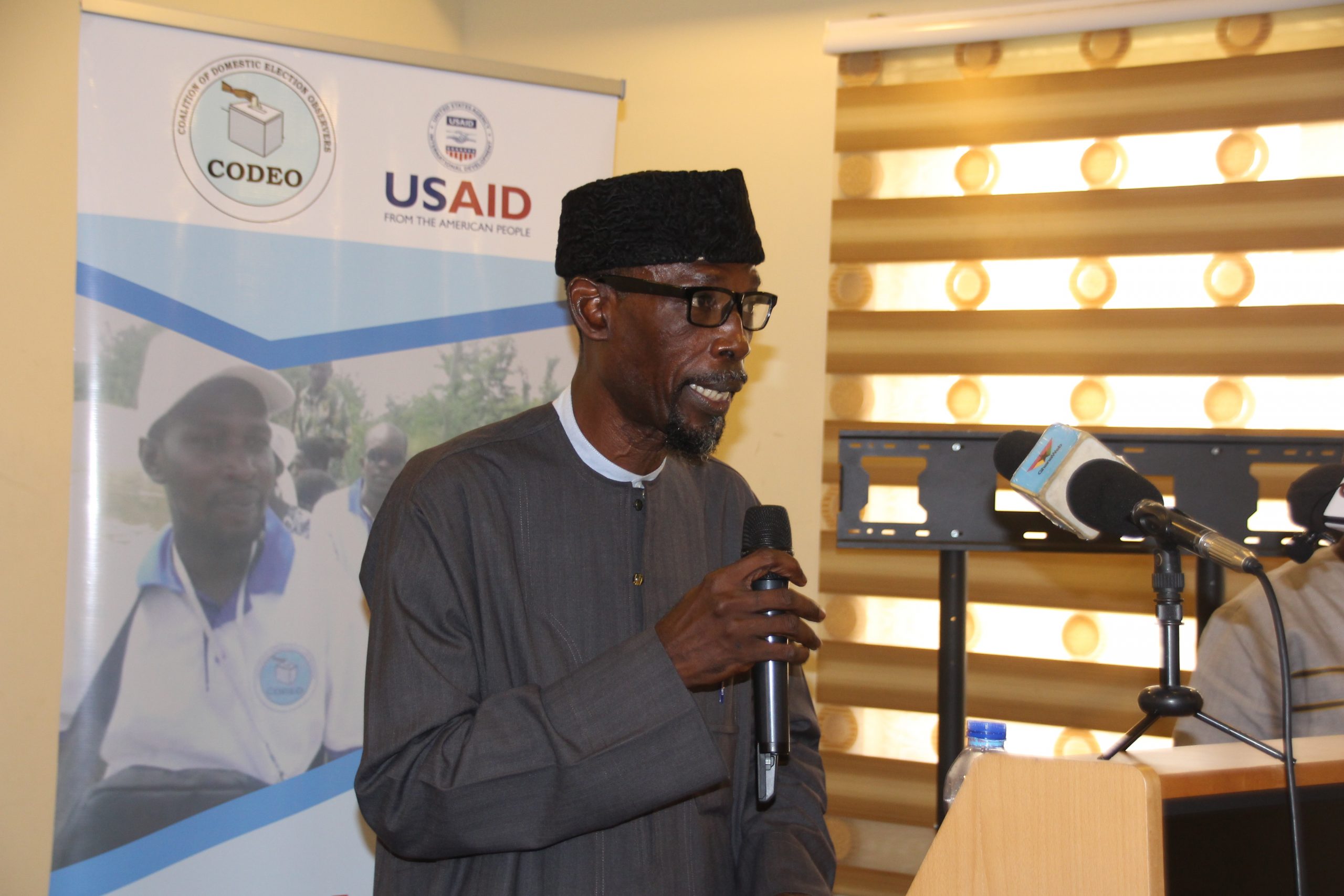FAQs on PVT
- Home /
- FAQs on PVT
Traditional observation involves recruiting, training, and deploying accredited non-partisan observers to observe voting and counting processes at selected polling stations on Election Day. Similarly, PVT observation involves recruiting, training, and deploying accredited non-partisan observers to keep watch over voting and counting processes at polling stations on Election Day. However, PVT departs from traditional observation due to two main factors: The way in which polling stations are selected for observation the way in which data on the voting process is transmitted by observers
Just as previously done in the 2008, 2012 and 2016 elections, CODEO is utilizing PVT methodology to observe Ghana’s 2020 elections in order to promote free, fair, peaceful, credible and legitimate elections. By providing timely, precise and representative information on the conduct of voting and counting as well as verifying the accuracy of the official results as announced by the Electoral Commission (EC), PVT can help deter possible manipulation and enhance the confidence of the public and political contestants in the process.
PVT can serve to: -deter possible manipulation or mistakes (particularly during the tabulation of results) -enhance transparency in the process by providing more timely, precise and representative information on the conduct of voting and counting -increase confidence in the official results as announced by EC, by providing independent verification of their accuracy
With PVT, observers are deployed to a more representative group of polling stations (a sample) carefully selected by trained statisticians. The sample of polling stations is stratified by region and constituency to ensure that it is representative of all of Ghana. Stratifying by region, for example, ensures that the percentage of polling stations in the sample for each region is equal to the percentage of total polling stations for each region. Therefore, the distribution of observers is proportionate to the percentage of polling stations in each region and constituency. The result of this carefully chosen distribution is that overall picture of voting and counting provided is more accurate.
The sample includes approximately 1500 polling stations located across all of Ghana. These are sampled polling stations in every region and every constituency of the country.
Prior to Election Day it is not possible to give the exact number or location of the sampled polling stations. If this information were known in advance then it would be possible for some group to manipulate the results by only focusing on non-sampled polling stations. Until the official results have been announced and accepted by all parties it is necessary to keep the number and location of the sampled polling stations confidential. Afterwards CODEO will make the sample public.
CODEO deploys observers to a representative random sample of polling stations. The observers record the official results and rapidly transmit their reports to a National Information Center. Based on time-tested statistical principles CODEO compares figures collected from sampled polling stations with the official results as announced by EC.
Yes, only the Election Commission is responsible for announcing the official election results. CODEO will use the information gathered through PVT methodology to be able to verify the conduct of the tabulation process and the accuracy of the results, but it remains the responsibility of the Electoral Commission to announce the official results.
The Electoral Commission is aware that CODEO will employ the PVT methodology of election observation in the 2020 elections just as the Coalition did in the 2008, 2012 and 2016 general elections. Although CODEO does not need an official approval from the EC to conduct the PVT, it is important that the EC is aware of CODEO’s activities. Furthermore, all CODEO observers will be accredited by the Election Commission for Election Day observation.
No, a PVT is not an exit poll. An exit poll involves asking voters for whom they voted. CODEO observers do not ask voters for whom they voted. CODEO observers simply record the official vote count of the polling station after having observed voting and counting.
No, CODEO observers do not count the ballots. Only the election officials count ballots. CODEO observers observe the voting and counting process and then record the official vote count as announced by the polling station officials.
The confidence level applied to PVT is at least 95 percent, and this is very high and is accepted by statisticians around the world. Thus, it is 95 percent certain that the accurate result of the Presidential election will lie within the margin of error of the PVT figure. Therefore, the people of Ghana and its political leaders should be very confident in CODEO’s PVT results.
Domestic observer groups around the world routinely use the PVT methodology to promote electoral integrity. PVT was first used by Citizens Movement for Free Elections (NAMFREL) in the Philippines in 1986. It has since been employed to varying degrees by observer groups in numerous countries, including: Bulgaria, Chile, Croatia, Guyana, Indonesia, Madagascar, Malawi, Montenegro, Nicaragua, Panama, Peru, Sierra Leone, Uganda, Ukraine, Zambia, Zimbabwe, and Nigeria.
























